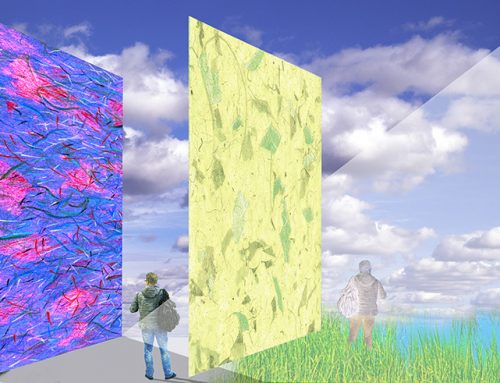What is an “art print”?
Prints (or fine art prints) – In the visual arts field of the past, the word “print” usually meant artworks printed from engraved plates. Artists used several techniques to produce prints. The main techniques are known as Engraving, Woodcut, Lino-cut, Lithograph, Screen-print, and more recently the inkjet method of Giclée prints. Fine art prints are of any value only if they come in a limited edition. Which means that a finite number of prints have or will ever be printed from the plate. This establishes scarcity, followed by some value of the artwork.
Process
The artist creates an image on block, stone, plate or screen from which a print is produced. In the visual arts field, printing is strictly supervised by the artist to guarantee the best visual results. The artist is choosing the media (paper), makes so-called “artist proofs” and ascertains that the output meets the desired quality.
Engraving
Engraving refers to a method of incising a design onto a hard surface, by cutting grooves into it. In the visual arts field, the result was an intaglio printing plate. This was an important method of printmaking that has now been replaced by photographic means of reproduction.
Woodcut
A printing technique of the relief method used in printmaking. The artist carves an image into the surface of a block of wood leaving the printing parts level with the surface while removing the non-printing parts.
Lithograph
This is a method of artistic printing based on the characteristics of two liquids that do not mix, oil and water. The printing is usually from a stone but can also be from a metal plate.
Screen-print
Printing technique in which a mesh is used to transfer ink onto a substrate. Some areas are made impermeable to the ink by a blocking stencil, to achieve the desired effect in the artwork.
Giclée
A fine art printing process in which digital prints are made on high-end specialized inkjet printers. Usually used for limited editions.
Limited editions prints
All of the techniques above serve the artist in his production workflow. The selected method depends on the artist’s expression preferences. The artist usually makes only a limited number of prints after which the plate is destroyed. The fine art prints are signed and numbered by the artist, thus creating a limited edition. It is important to note that with this type of process (as opposed to commercial offset printing of books or invitations), the prints are never identical. Minor variations occur from one print to the next. Since the prints are not the same they can be considered as being originals.
Open editions
Two types of prints exist on the market, limited editions and open editions. The first is associated with high-end prints, while the second provides an opportunity for people to purchase more affordable art. Open editions can be printed in an unlimited amount.
Examples
Some examples of “open edition” prints are: “Flower Leaf 2”
Suggested reading
“Art and prints” – artgreeT Blog






